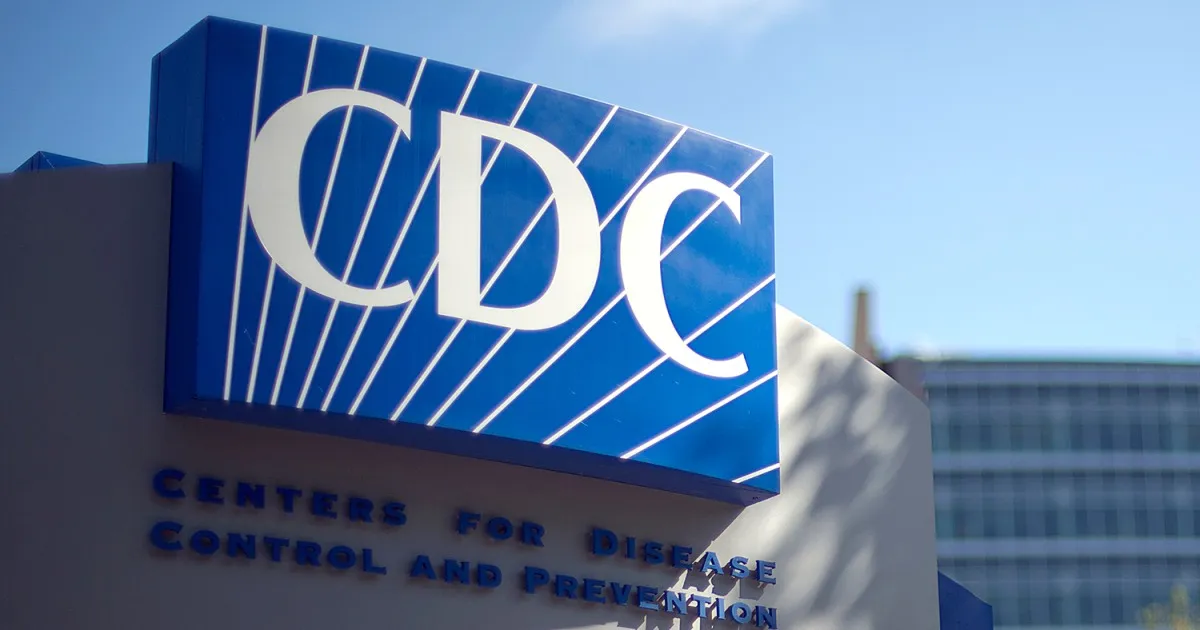
A federal-state partnership designed to monitor foodborne illnesses has significantly reduced its operations, raising concerns among public health experts. As of July 1, the Foodborne Diseases Active Surveillance Network (FoodNet) program has narrowed its focus to just two pathogens: salmonella and Shiga toxin-producing E. coli (STEC). This change was confirmed by a spokesperson from the Centers for Disease Control and Prevention (CDC) in a recent statement to NBC News.
Prior to this reduction, FoodNet monitored infections caused by an additional six pathogens: campylobacter, cyclospora, listeria, shigella, vibrio, and Yersinia. These pathogens can lead to severe or life-threatening illnesses, particularly affecting vulnerable populations such as newborns, pregnant individuals, and those with weakened immune systems. While the 10 participating states are no longer mandated to track these six pathogens, they are not prohibited from conducting their own surveillance efforts.
Food safety experts have expressed serious concerns regarding this reduction, which was not publicly disclosed until now. They argue that scaling back operations could hinder public health officials' ability to understand the prevalence of foodborne illnesses and quickly identify trends or outbreaks. Dr. J. Glenn Morris, director of the Emerging Pathogens Institute at the University of Florida, stated, “Essentially, the CDC is backing off on one of their best surveillance systems.” Morris, who was instrumental in the creation of FoodNet in 1995, emphasized the importance of comprehensive surveillance.
FoodNet operates as a collaborative effort among the CDC, the Food and Drug Administration (FDA), the U.S. Department of Agriculture (USDA), and ten state health departments. Its surveillance network encompasses approximately 54 million people, representing 16% of the U.S. population, including states like Colorado, Connecticut, Georgia, Maryland, Minnesota, New Mexico, Oregon, Tennessee, and select counties in California and New York.
The CDC has indicated that the decision to reduce surveillance activities stems from financial constraints, stating, “Funding has not kept pace with the resources required to maintain the continuation of FoodNet surveillance for all eight pathogens.” While the CDC maintains that it will uphold its infrastructure and quality, the reduction means focusing only on Salmonella and STEC, allowing staff to prioritize core activities.
Despite the reduction in FoodNet’s operations, the CDC assures that other systems are in place to conduct national surveillance for the pathogens that have been removed. For instance, state health departments can report cases through the National Notifiable Diseases Surveillance System, and the CDC’s Listeria Initiative continues to collect reports of listeriosis cases. However, experts maintain that FoodNet is the only active surveillance system that comprehensively monitors multiple foodborne diseases at the federal level, which is crucial for effective public health responses.
Experts are concerned that the scaling back of FoodNet’s operations may impede the ability to quickly identify and respond to foodborne outbreaks. Barbara Kowalcyk, director of the Institute for Food Safety and Nutrition Security at George Washington University, expressed disappointment over the decision, stating, “A lot of the work that I and many others have put into improving food safety over the past 20 or 30 years is just going away.” Kowalcyk, whose son tragically died from a foodborne E. coli infection, has been a lifelong advocate for improvements in U.S. food safety policy.
The CDC has requested a budget of $72 million for food safety for the 2026 fiscal year, which remains consistent with previous requests. Morris has raised concerns that the reduction in FoodNet could lead to a rollback of food safety regulations. “If you want to make foodborne disease go away, then don’t look for foodborne disease,” he said, warning that this could lead to a decrease in necessary regulations.
As states begin to navigate the implications of these changes, the responses have varied. The Oregon and Connecticut health departments have acknowledged the alterations, while the Georgia Public Health Department reported no official notification from the CDC. In contrast, the New Mexico Health Department is awaiting further guidance from the CDC to assess the future of its surveillance activities. The Maryland Health Department has stated that the reporting of cases related to all eight pathogens will continue, irrespective of changes to the FoodNet network.
In summary, the scaling back of FoodNet’s operations raises significant concerns about the future of foodborne disease surveillance in the U.S. As public health experts call for more robust surveillance systems, the ability to track and respond to foodborne illnesses effectively remains a pressing issue for both federal and state health authorities.